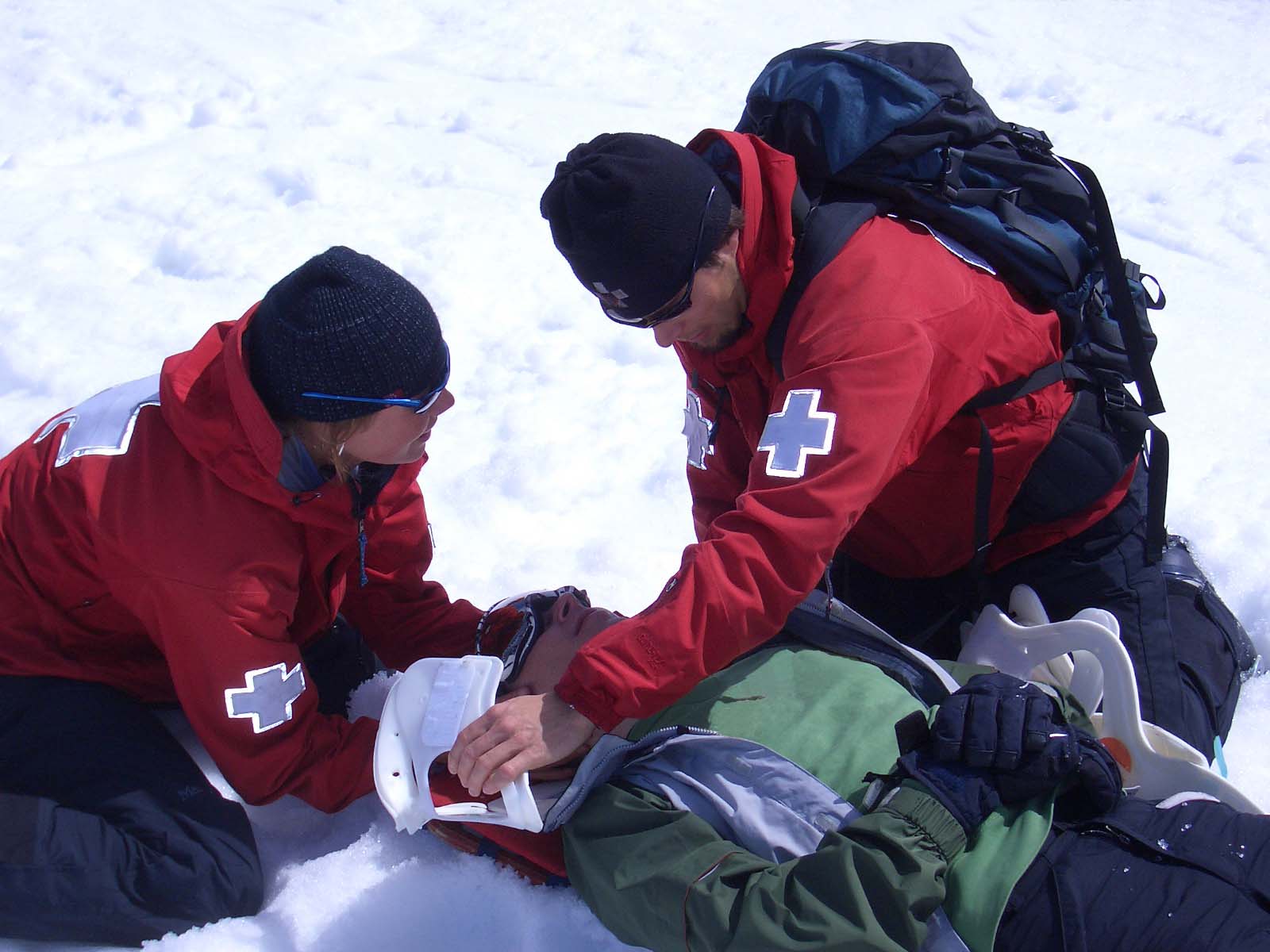Should You Immobilize a Neck Injury in the Wilderness? Here's What a Doctor Says.

(Photo: Cavan Images / Cavan via Getty Images)
In 1967, J.D. Farrington, an orthopedic surgeon from Minocqua, Wisconsin, published a paper cheerily titled “Death in a Ditch,” which outlined procedures for immobilizing trauma patients before transporting them to the hospital. He argued that bad outcomes from spinal injuries could be prevented with careful handling.
In the following decades, spinal immobilization — most notably of the seven neck vertebrae called the cervical spine —became dogma for EMS providers, and eventually for search and rescue teams and wilderness responders. By the 1980s, the number of spinal cord injuries in the US had fallen substantially, likely in large measure due to seat belt laws, but also possibly due to spinal immobilization in the field.
To immobilize the cervical spine, rescuers carefully package patients with purpose-made cervical collars or improvised restraints fashioned from anything from rolled-up blankets to flexible splints. But immobilization in the backcountry isn’t as easy as strapping someone to a board and sliding them into the back of an ambulance: Think about the time it takes to pack a victim into a spine-stable litter and haul them down a rocky trail, compared with simply asking them to walk with a little help. There are other dangers too, from bad weather and dangerous terrain to pressure sores from lying on a stretcher, or respiratory problems due to positioning.

The evidence that immobilization reduces neurologic injury is uncertain at best. Few (if any) case reports describe spine injuries that deteriorated because patients were improperly immobilized, and some studies suggest that rates of disability don’t differ much whether a cervical collar is applied or not. Even worse, we’re not even sure if cervical collars prevent movement in the way that we want them to. Some researchers have used video analysis of rescues to show that collars don’t prevent neck motion much better than simply telling someone not to move their neck.
Oftentimes, we can confidently ‘clear’ the cervical spine (forego the collar and allow movement) when a patient has no obvious neurologic injury and no spinal pain or tenderness. One caveat is the patient who very likely has a spinal injury, with sensory changes or difficulty moving. In these cases, excess caution is reasonable. And clearly, when the mechanism of injury is dangerous or we’re just not sure, it’s best to err on the side of caution.
In the field, rescuers need to be prepared to make nuanced decisions about spinal immobilization, taking safety, other injuries and logistics into account. We’ve seen formal recommendations for immobilization soften significantly in the past few years, both for professional rescuers and for wilderness first responders. The true goal is implementing a reasonable approach to protecting the whole patient, while making sure to do no harm.
Christopher Tedeschi teaches and writes about wilderness and disaster medicine. He is associate professor of emergency medicine at Columbia University and an editorial board member for the journal Wilderness and Environmental Medicine. He enjoys hiking and biking near his home in the lower Hudson Valley.